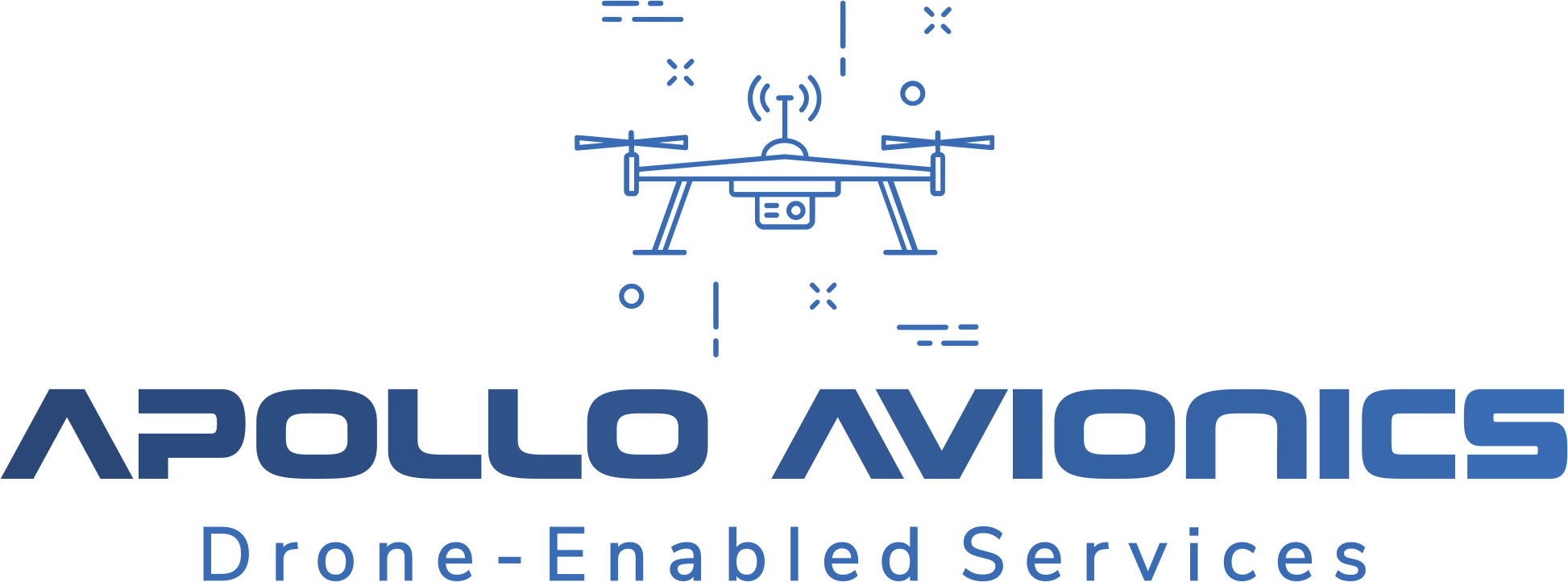Aerial LIDAR mapping for accurate topographic surveying
- Bryan Popham
- Mar 1, 2023
- 2 min read
Aerial LIDAR mapping for accurate topographic surveying
Aerial LIDAR mapping is a drone-enabled service that provides businesses with accurate and up-to-date topographic data. This technology uses lasers to measure the distance between the drone and the ground, producing detailed 3D maps of the terrain. This data can be used for a wide range of applications, from urban planning to agriculture. With drone-enabled LIDAR mapping, businesses can save time and money on traditional surveying methods and obtain highly accurate data in a fraction of the time.
This technology has already revolutionized the surveying industry by providing a more cost-effective and efficient way to gather data. By using drones, businesses can easily access hard-to-reach areas and survey large areas quickly. This is especially useful in industries such as construction, where companies need to survey large areas of land before beginning a project. Aerial LIDAR mapping also provides highly accurate data, which is essential for industries that require precision measurements.
In addition, the use of drones for LIDAR mapping can improve safety on job sites. Traditional surveying methods often require surveyors to work in hazardous conditions or at heights. With drones, businesses can eliminate the need for surveyors to work in these dangerous conditions, thus reducing the risk of accidents and injuries on the job site.

@bryanpopham
“I obsess over Information Technology! From virtualization and server technology to Systems and Networking Admin, I eat and breathe Tech. When I sleep I dream about Web3, Crypto, and NFTs… keeping up with blockchain is a hobby of mine. Most of the time you will find me playing with my 9 year old son, learning new ways to work WordPress, day trading with stocks and crypto, or trying to find my balance between the rule of thirds and vanishing points. My latest venture is learning all about flying drones and 4K videography.” – Bryan Popham




Comments